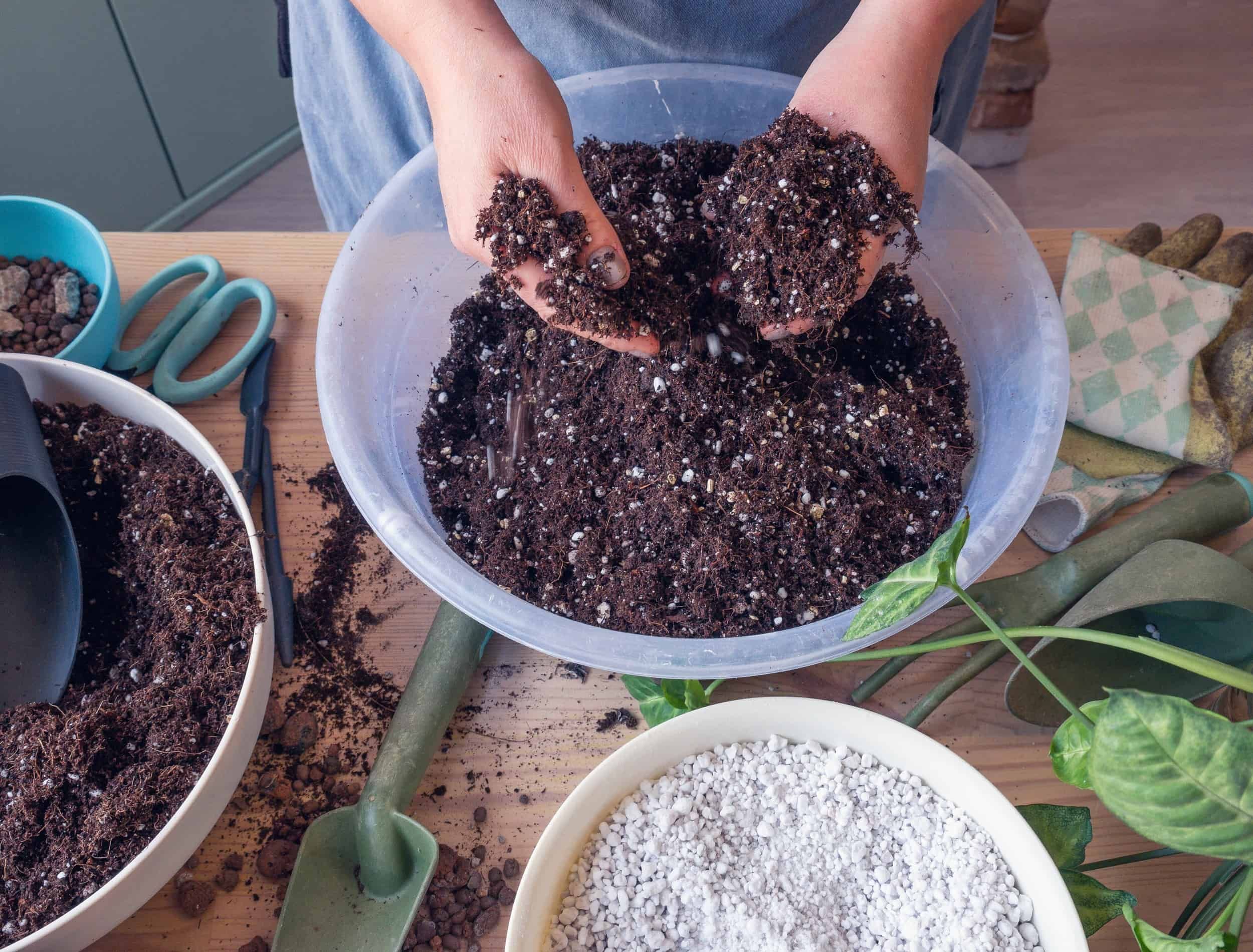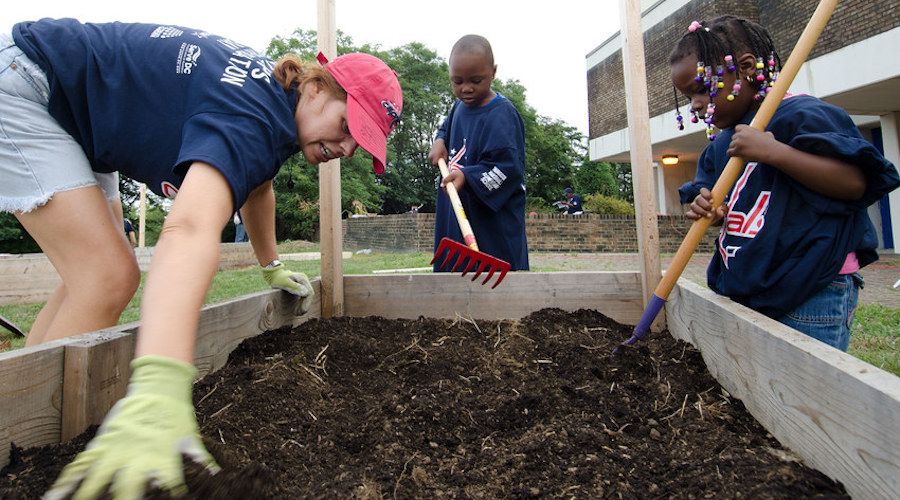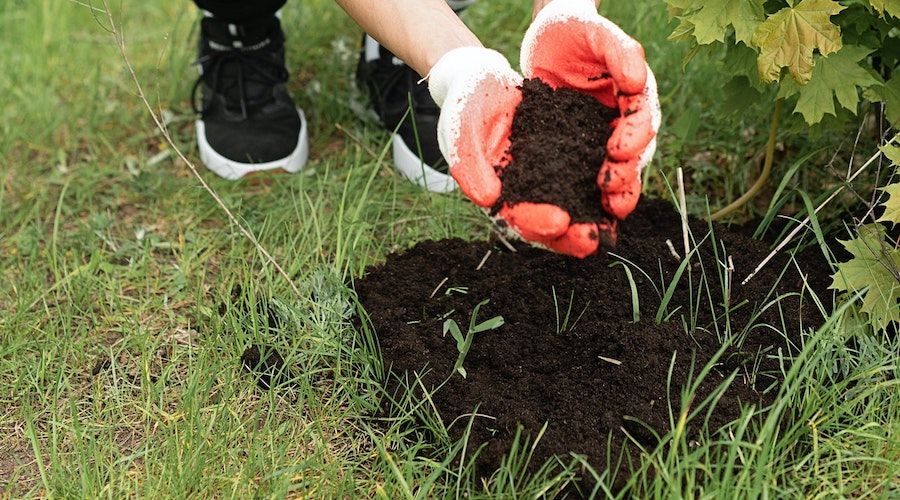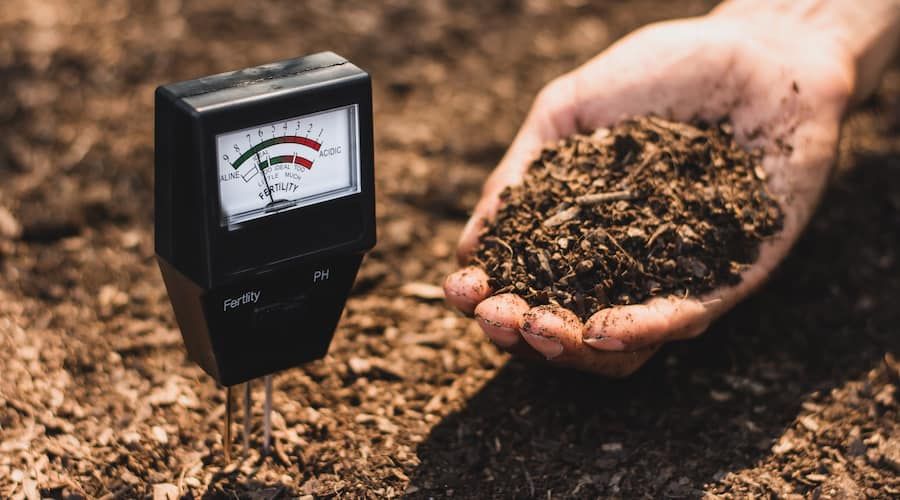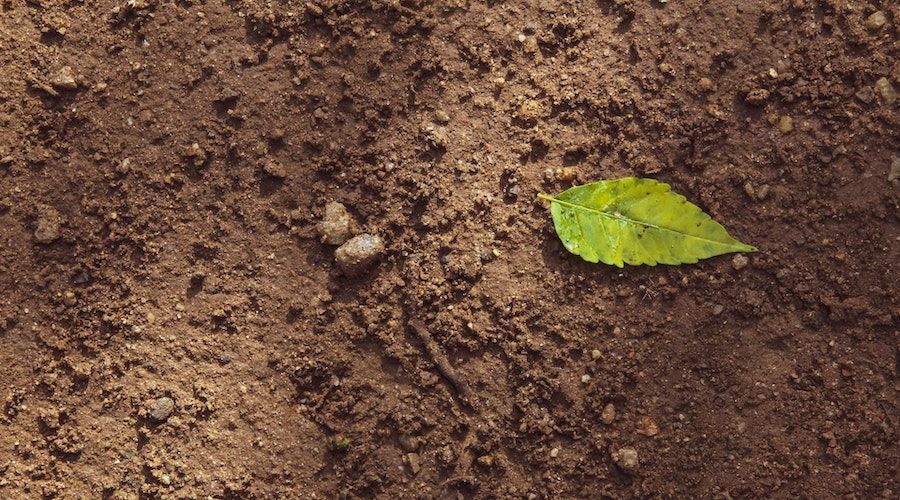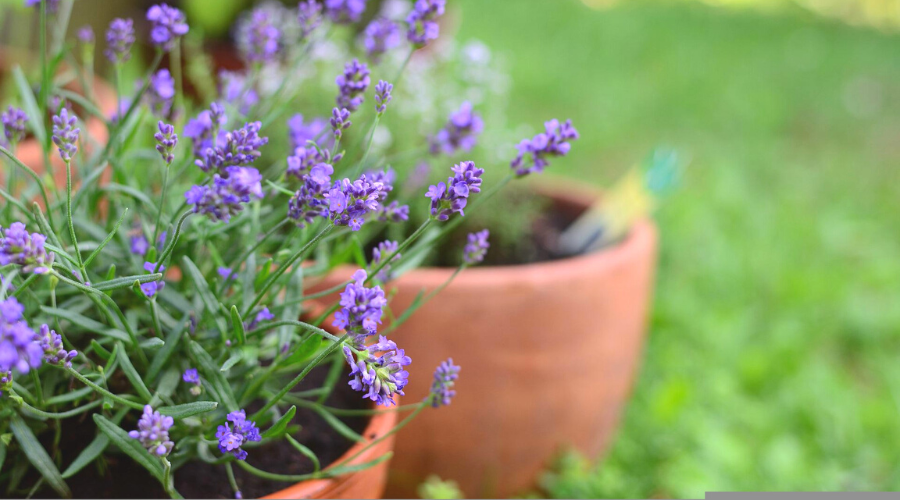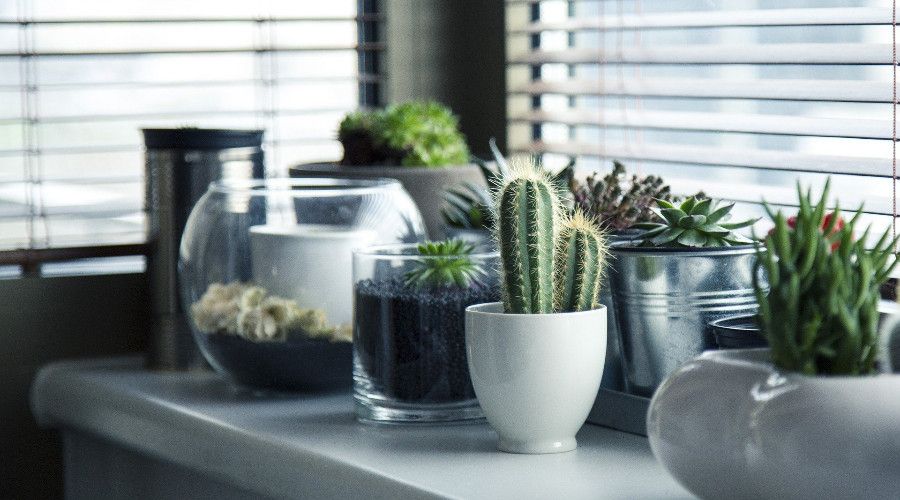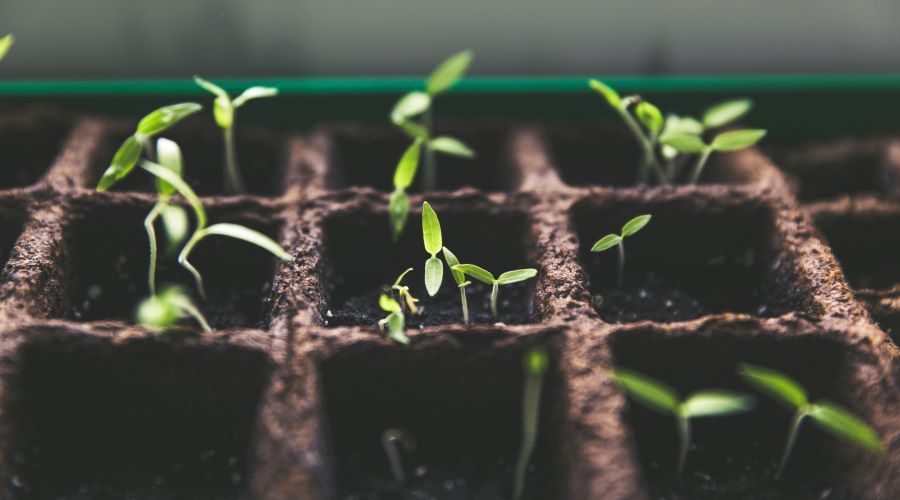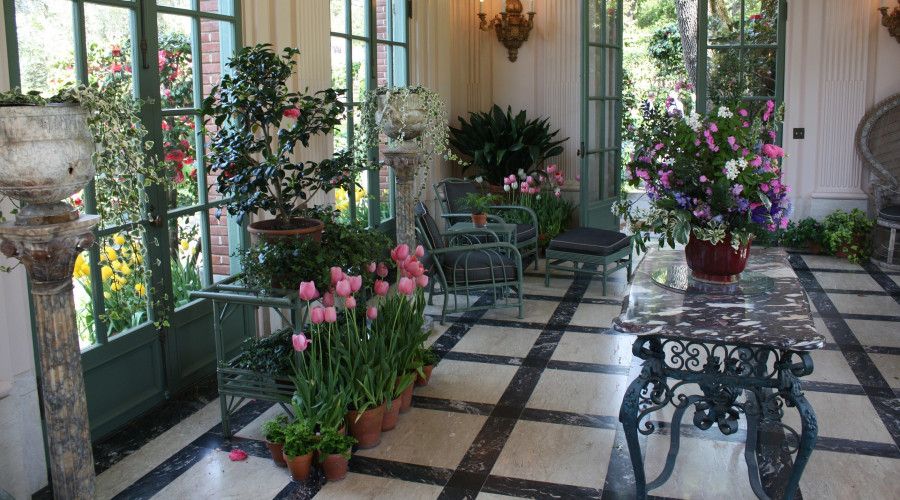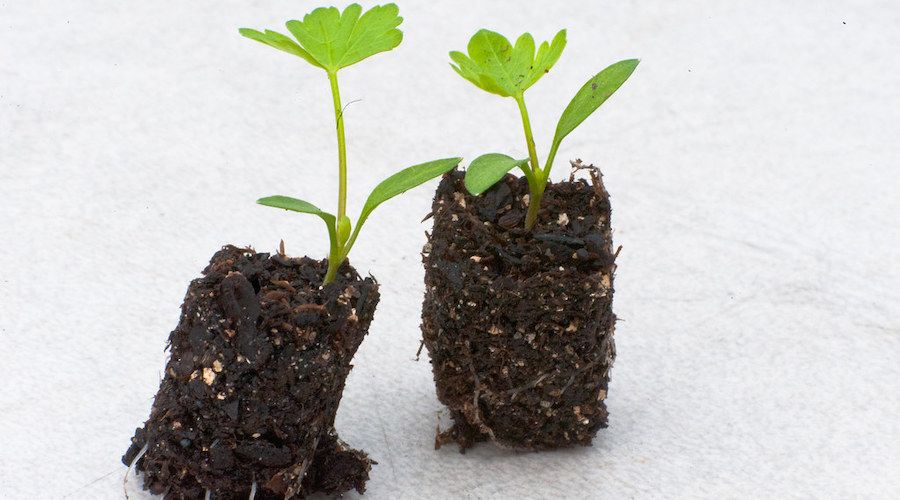One of the most important factors to having a successful vegetable or flower garden is the soil in which you plant it. However, buying potting soil, especially when it’s larger amounts of it, can be quite expensive. This is why a good alternative is to mix potting soil on your own by purchasing the ingredients separately. Moreover, this will allow you to create an environment that will cater to the individual needs of your plants. Down below you will see the do's and don’ts of mixing your own potting soil as well as some recipes for making your own specialized one.
Is it a Good Idea to Mix Your Own Potting Soil
As mentioned above it does depend on the situation. If you are looking for potting soil for a couple of small containers, then it is a better idea to just buy a package of it. You can even learn to refresh old potting soil if you have some around your garden.
However, if you are looking to use it for larger containers, then you can definitely mix your own. Not only that, but you will also be able to create a mix that will cater to the individual needs of each of your plants. But, as with everything else, there are some do's and don’ts.
1. Use an Ingredient to Prevent your Mix from Drying
Image Credit: USDAgov via Creative Commons
Peat moss has always been a popular ingredient for potting mixes because it has a good moisture-retaining ability. However, it is not the only option you have to add to your potting soil. Some suitable substitutes are coconut coir, as well as compost.
2. Add an Ingredient That Promotes Drainage
Image credits: Mikhail Nilov via Pexels
While water retention is important, you must ensure that you have an ingredient that helps with water drainage. After all, too much moisture can be bad for your plants too. Some of the preferred ingredients would be sand, coarse grades of perlite, and vermiculite. Some potting soil recipes suggest that you use equal parts of each, or even substitute perlite with pine chips.
3. Add Supplements to Maintain the Soil’s Proper pH and Nutrient Levels
Image credits: kram-9 via Shutterstock
Be careful how much of each ingredient you add. Peat moss has a pH of about three to four, and if you have added too much of it to the mix, it may become too acidic. This is why it is a good idea to add 10 pounds of limestone for every cubic yard of peat moss.
If you also want to include fertilizers, you should add 20 pounds of bone meal and 10 pounds of blood meal per cubic yard of mix. Bone meal is a great source of phosphorus, encouraging root growth. Blood meal is known for its great source in nutrients but if your not careful, this ingredient can make your soil acidic.
Another option would be mixing two cups of slow-release fertilizer into every six gallons of potting soil mix. Either way, it's a good idea to test your soil pH before using it in your garden.
4. Don’t Add too Much Sand
Image credits: terimakasih0 via Canva
One of the biggest drawbacks to using sand is that it is very heavy! It can weigh up to 80 or 100 pounds per cubic foot when dry. So, including it in the potting mix might make it too heavy if you use the sand for more than 10 percent of the mix. However, if you would like to keep your containers light, use perlite (six to eight pounds per cubic foot) or vermiculite (five to eight pounds per cubic foot). Both are much lighter options and will give you the same benefits as sand - good aeration and excellent drainage.
5. Don’t Use Unsterile Garden Soil
Image credits: Glen Carrie via Unsplash
Soilless mixes are slightly underrated but at the same time an excellent option. Garden soil tends to be unsterilized, which means that your plants are at risk of disease, pests, and fungi. That is why it's never a good idea to reuse garden soil in pots. This is a good reason to always purchase sterilized garden soil, or make you own soilless mixes. A good potting soil recipe recommends you to use bagged garden soil and mix it with equal parts of perlite and peat moss.
DIY Potting Soil Recipes for Different Types of Plants
Different plants will require different nutrients. This is why we have collected some potting soil recipes for the most commonly grown plants.
1. Potting Soil Recipe for Flowers, Tropicals, and Veggies
Image credit: congerdesign via Pixabay
- 4.5 gallons of perlite
- 6 gallons of sphagnum peat moss or coir fiber
- 6 gallons of compost
- ¼ cup lime (only add if you are using peat moss)
- 1½ cups of fertilizer blend or 1½ cups of any organic fertilizer
For the DIY fertilizer blend:
- 2 cups of rock phosphate
- 2 cups of greensand
- ½ cup bone meal
- ¼ cup kelp meal
2. Potting Soil Recipe for Trees and Shrubs in Pots
Image credits: Slatan via Canva
- 3 gallons of compost
- 2.5 gallons of coarse sand
- 3 gallons of sphagnum peat moss or coir fiber
- 2.5 gallons of composted pine bark
- 3 gallons of perlite
- 2 tbsp of lime (only add if you are using peat moss)
- ¼ cup organic cottonseed meal (only use if you are growing acid-loving plants)
- 1 cup of the DIY fertilizer blend or 1 cup of any organic fertilizer
3. Potting Soil Recipe for Cacti and Succulents
Image credits: Milada Vigerova via Pixabay
- 3 gallons of sphagnum peat moss or coir fiber
- 1 gallon of perlite
- 1 gallon of vermiculite
- 2 gallons of coarse sand
- 2 tbsp lime (only add if you are using peat moss)
4. Potting Soil Recipe for Seed Starting
Image credits: Markus Spiske via Unsplash
- 2 gallons of sphagnum peat moss or coir fiber
- 2 gallons of vermiculite (this is the better alternative because of its smaller particle size compared to perlite)
- 1 gallon of coarse sand
- 3 tbsp of lime (only add if you are using peat moss)
5. Potting Soil Recipe for Indoor Plants
Image credits: JPenrose via Pixabay
- 2 gallons of sphagnum peat moss or coir fiber
- 1.5 gallons of perlite
- 2 cups of coarse sand
- 3 tbsp of lime (only add if you are using peat moss)
- 2 tbsp granular, organic fertilizer or 2 tbsp of the DIY fertilizer blend
6. Potting Soil Recipe for Transplanting Seedlings
Image Credit: photofarmer via Creative Commons
- 2 gallons of sphagnum peat moss or coir fiber
- 2 gallons of vermiculite
- 1 gallon of finely screened compost
- 3 tbsp of lime (only add if you are using peat moss)
- 2 tbsp granular, organic fertilizer or 2 tbsp of the DIY fertilizer blend
Give It A Try
Oftentimes we wonder if it is worth it - going to the store to purchase bag after bag of potting soil. Truth be told, if you are working on a small-scale garden, then it is a viable option. However, if you have many containers with lots of plants, these potting soil purchases can add up to quite a hefty sum. This is why it is a good idea to buy the ingredients and mix your own potting soil. This will allow you to cater to the individual needs of your plants.
Hopefully, this article has helped you decide whether to buy or mix your own potting soil. If you have any questions, please comment down below. Don't forget to share this article with your friends and family!

